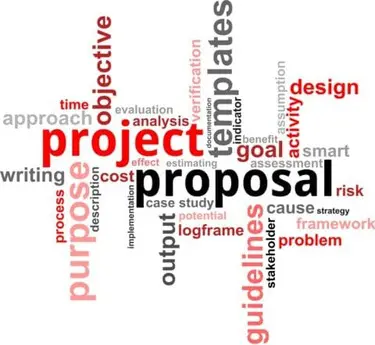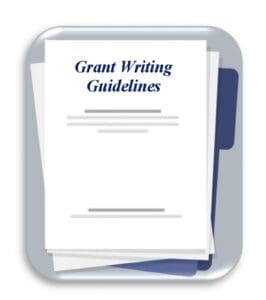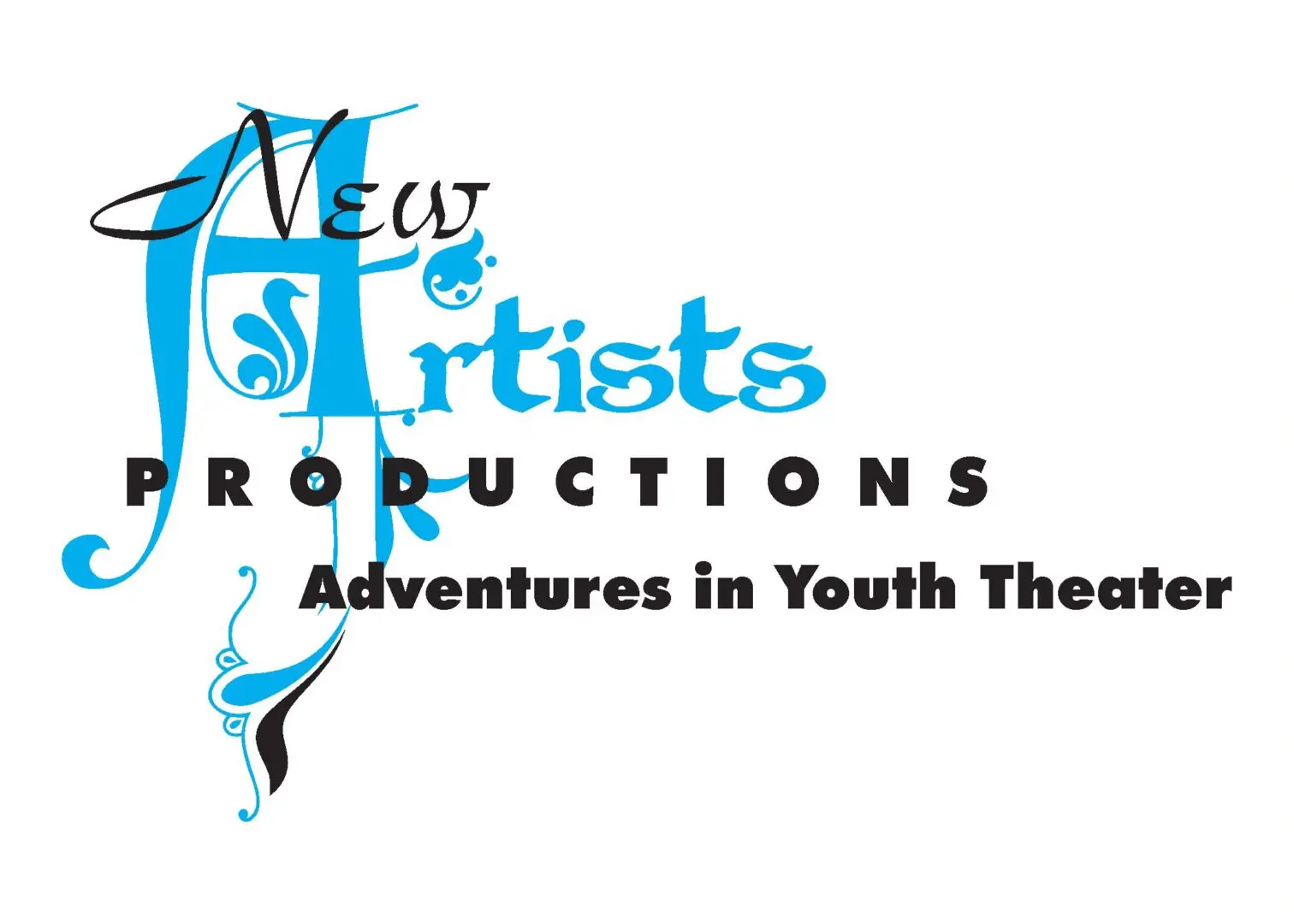
Grant Writing Guidelines
'Grant Writing Guidelines serves is a tool to assist Performance Arts organizations in writing applications for project funding of activities, such as, plays, seminars, guest speakers, etc. This template is useful to all organizations – non-profit, not for profit, or profit making. 
This is a 'campaign' strategy that could be altered based on need and degree of importance to the applicant and the community: outreach, education, fundraising approach and efforts.
The GOAL of this post is to successfully provide information needed for the submittal of a grant application or letters of donation request or inquiry. The 'campaign' defines the project, defines the fundraising strategy, and meets the requirements of many granting organizations.
With focus on Youth Theater offered by New Artists Productions, detailed information is available on the Educational Resources for Youth Theater page on this website. Again, the categories of review for the application are the same for any defined project.
Purpose:
- Timeline structure shows complete and definitive thought about the needs and goals for the grant project. This shows a solid process and use of the funds.
- Start date/time – Finish date/time
- Daily/Weekly/Monthly tasks/goals and duration to successful completion
- Timelines are driven by the goals and objectives of the project with measurable target dates or times that can be ‘checked’ and then contribute to the next task at hand.
- Definitions to be aware of:
- Task implies work imposed by a person in authority or an employer or by circumstance – “a piece of work to be done”
- Goal – something that you hope to achieve over time (can be several years in the work process). Goals are the outcomes you intend to achieve without defining the methods needed to get to the intended outcome. Goals and objectives work in tandem to achieve success. If you create goals without clear objectives, you run the risk of not accomplishing your goals.
- Objectives achievement identifies specific, actionable targets within a smaller time frame, such as a year or less, to reach a certain goal. Objectives describe the actions or activities involved in achieving a goal.
- There may be ‘phases’ to the project that require different start/finish times/dates. A period in a series of events in a process of development – events which introduce something over a particular period of time
- Budget Process is vital to outlining the need and layout of what is needed over the timeline period. Defined dollar amounts should be as precise as possible
- Breakdown of the project which contributes to the cost/expenses associated with production:
- Example: A Play Script
- Choose a script and review character count and length of the play
- Contact the publication owner/distributor to gain information
- About script prices for purchase. Publication Houses require that one script be purchased per actor.
- However, some scripts are available as a PDF purchase where multiple copies can be made for the cast.
- Royalty costs to put the play on the stage.
- Production costs (number of days the play will be presented)
- Audience sizes and demographic breakdown of adults and children in attendance. Also, ticket prices impact the calculation of play royalties.
- About script prices for purchase. Publication Houses require that one script be purchased per actor.
-
- Costuming needs – original creation or donated pieces from the community – use of Goodwill, St. Vincent DePaul, thrift stores, bargain houses, swap meets, etc.
- Performance Facility Rental Fees
- Event Rental Expense
- Technical costs – Technician to run sound and lighting for the production
- Janitorial Charge
- Special fees – rehearsals, use of snack bar, ticketing system, etc.
- Deposits
- Publicity
- Posters
- Ad purchases (TV, Radio, Newspapers)
- Tickets
- Programs
- Social media
- Solicitation letters (mailings)
- Snack Bar Supplies
-
-
- Beverages
- Soft drinks + water
- Coffee + creamer, sugar
- Tea
- Cookies, Brownies, Candy – purchased and/or donated
- Napkins, paper plates, cups
- Beverages
-
- All of these expenses lead to the question of Capital Generation for the production. What are the avenues and options available in your community that will build the income stream to afford the play?
- Existing Bank Account for the organization – Self funding
- Team funding (several organizations pulling together to present the event)
- Direct Mail campaign/Social Media contacts
-
- Businesses
- Individuals
- Service Organizations
- Selling advertising on Posters and in playbill – have varied levels of support and/or donation tied to the ad sizes: Money support, supplies, volunteerism
- Sponsor boards in lobby/on stage (if applicable)
- Speak to social groups to publicize the project and suggest a donation for mention
- Grants
- Government
- Foundations in the community or State that fund the Arts
- (State) Cultural foundations
- (State) Community foundations
- Performance Income:
- Ticket Sales from each performance
- Snack bar income
- Additional donations from patrons who liked the performances.
- Budget reveal = When all of the above happens. This is where timelines/phases/individual tasks/objectives come into definition and assignment. Responsibility of assignment for each and the timing of each successful results.
